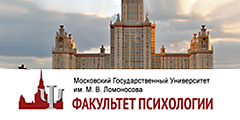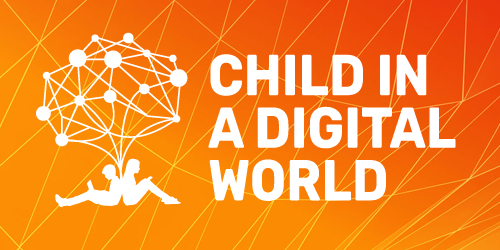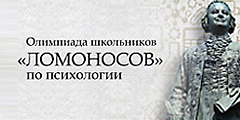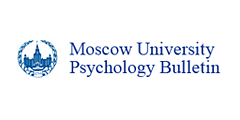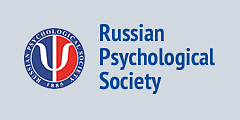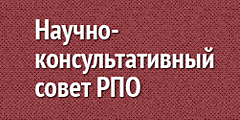Psychology in Russia: State of the Art, Moscow: Russian Psychological Society, Lomonosov Moscow State University, 2020, 2
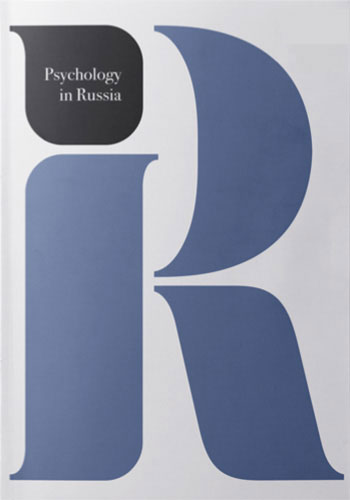
Volume 13 (02)
Educational psychology
-
Cognitive Predictors of Success in Learning Russian Among Native Speakers of High School Age in Different Educational SystemsPDF HTML5000“ CITE
Verbitskaya, L.A., Zinchenko, Y.P., Malykh, S.B., Gaidamashko, I.V., Kalmyk, O.A., Tikhomirova, T.N. (2020). Cognitive Predictors of Success in Learning Russian Among Native Speakers of High School Age in Different Educational Systems. Psychology in Russia: State of the Art, 13(2), 2-15.
copied
-
Cognitive Processes and Personality Traits in Virtual Reality Educational and Training
-
How Do Primary Schoolchildren Use Concept Definitions in Recognition Tasks? Orientation Towards Given Knowledge in Two Different Educational SystemsPDF HTML4833“ CITE
Sidneva, A.N., Vysotskaya, E.V., Korotaeva, I.V., Mozharovsky, I.L., Shinelis, V.A. (2020) How Do Primary Schoolchildren Use Concept Definitions in Recognition Tasks? Orientation Towards Given Knowledge in Two Different Educational Systems. Psychology in Russia: State of the Art, 13(2), 29-64.
copied
Psychophysiology
-
The Influence of the Polymorphism of BDNF, HTR2A, and COMT Genes on the Perception of Emotionally Charged Images
-
Diagnosing Human Psychoemotional States by Combining Psychological and Psychophysiological Methods with Measurements of Infrared and THz Radiation from Face AreasPDF HTML5351“ CITE
Berlovskaya, E.E.,Isaуchev, S.A., Chernorizov, A.M., Ozheredov, I.A., Adamovich, T.V., Isaуchev, E.S., … Manaenkov, A.E. (2020). Diagnosing Human Psychoemotional States by Combining Psychological and Psychophysiological Methods with Measurements of Infrared and THz Radiation from Face Areas. Psychology in Russia: State of the Art, 13(2), 64-83
copied
-
EEG Patterns in Early Childhood Differ Between Children Prone To Reward “Bad” or “Good” Actors
Clinical psychology
-
Validation of Emotional Thermometers as Screening Tools for Mexican Patients Undergoing Breast Biopsies
-
Task Switching in Normal Aging and Mild Cognitive Impairment: A Diffusion Model Analysis of Reaction TimesPDF HTML4287“ CITE
Velichkovsky, B.B., Tatarinov, D.V., Khlebnikova, A.A., Roshchina, I.F., Selezneva, N.D., Gavrilova, S.I. (2020). Task Switching in Normal Aging and Mild Cognitive Impairment: A Diffusion Model Analysis of Reaction Times. Psychology in Russia: State of the Art, 13(2), 109-120.
copied
-
A Russian Version of the Acceptance of Modern Myths about Sexual Aggression Scale: Validation with a Female Online Sample
Personality psychology
-
An Existential Criterion for the Normal and Abnormal Personality in the Works of Viktor Frankl. Summary



